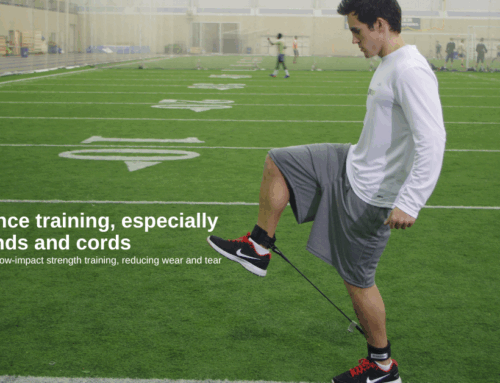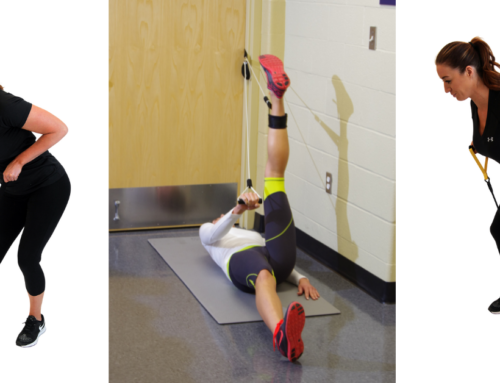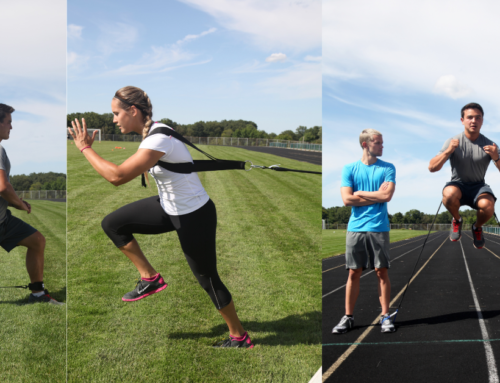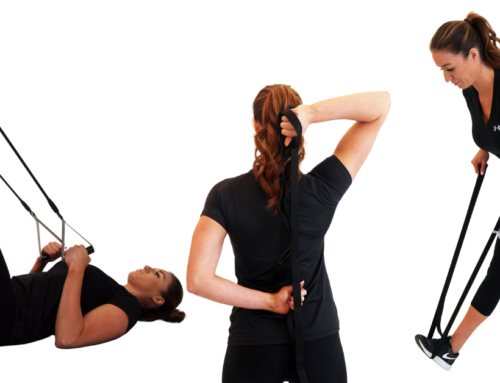Resistance training plays a valuable role in the training of triathletes.
Helping them develop overall muscular strength and power, which is crucial for all three disciplines—swimming, cycling, and running. Strengthening key muscle groups involved in these activities, such as the core, legs, and upper body, can enhance performance and reduce the risk of injuries.
Injury prevention: Triathlon training can put repetitive stress on certain muscles and joints. Resistance training will help to strengthen those muscles around these vulnerable areas, providing additional support and stability. This can reduce the risk of common triathlon-related injuries and imbalances.
Enhanced endurance and performance: While endurance is a critical component of triathlon training, incorporating resistance training can help improve endurance performance. The Safety Cord Short Belt allows for in place swimming helping you to build endurance as you swim in-place. By increasing the strength and power of the muscles, triathletes can generate more force and maintain better form for a longer duration. This can result in improved performance during each discipline and overall race performance.
Functional movement and stability: Resistance training can improve functional movement patterns, which are essential for efficient performance in all three disciplines. Focusing on exercises that mimic triathlon movements and target specific muscle groups used during swimming, cycling, and running can enhance coordination, balance, and stability. The StrechCordz® Modular Set has a variety of tools to target those muscles groups in the pool or on dry land.
Time efficiency: Triathlon training can be time-consuming, leaving little room for additional activities. However, incorporating targeted resistance exercises into your training program doesn’t have to be time-consuming. By focusing on compound exercises that engage multiple muscle groups simultaneously, you can achieve maximum benefit in less time.
Periodization and specificity: When incorporating resistance training into a triathlon training program, it’s important to follow a periodized approach. This involves structuring your training phases to focus on different aspects of fitness, such as strength, power, and muscular endurance, at different times throughout the season. It’s also crucial to include exercises that are specific to the demands of triathlon disciplines, such as swim-specific or bike-specific resistance exercises.





